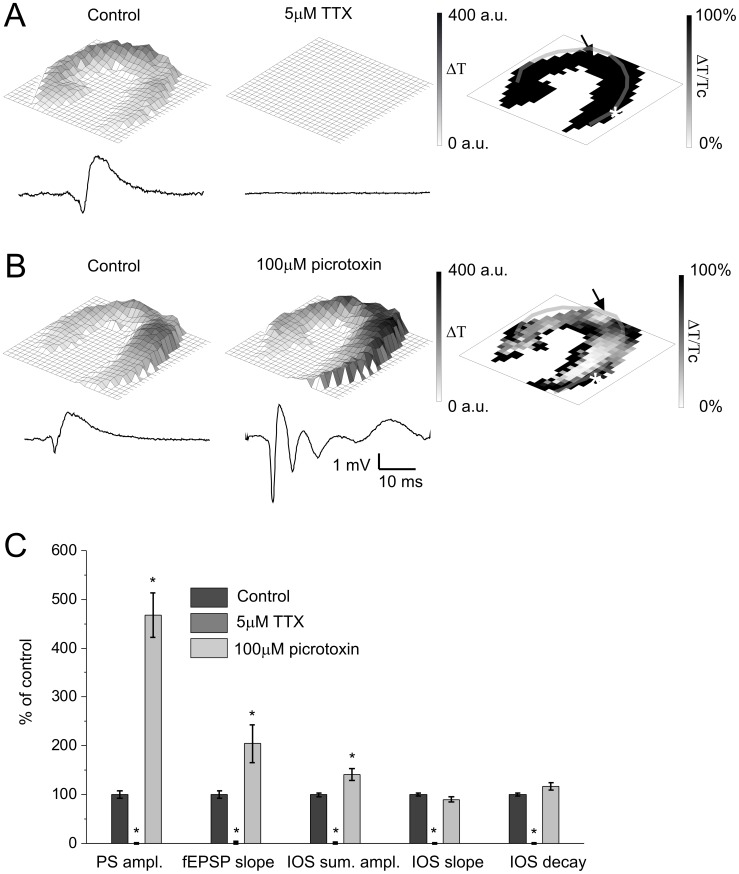Figure 3. IOS amplitude is directly dependent on neural activity.
A Left and Middle: Representative IOS amplitude map and field response curve under control condition and 5 µM TTX application. The colorbar indicates the maximum change of the transmittance compared to the resting light intensity. A Right: Spatial visualization of the percentage of control changes of IOS signal caused by TTX application. B Left and Middle: Representative IOS amplitude map and field response curve under control condition and 100 µM picrotoxin application, respectively. The colorbar indicates the maximum change of the transmittance compared to the resting light intensity. B Right: Spatial visualization of the percentage of control changes of IOS signal caused by 100 µM picrotoxin application. C: The effect of 100 µM picrotoxin and 5 µM TTX on the field response and IOS parameters in percentage of control. Asterisks indicate significant changes compared to control (P<0.05 Mann-Whitney U test, N = 5). Transparent lines on panel A, B right indicate the pyramidal cell layer. The position of the stimulating and recording electrode are marked by an arrow and asteriks, respectively.

